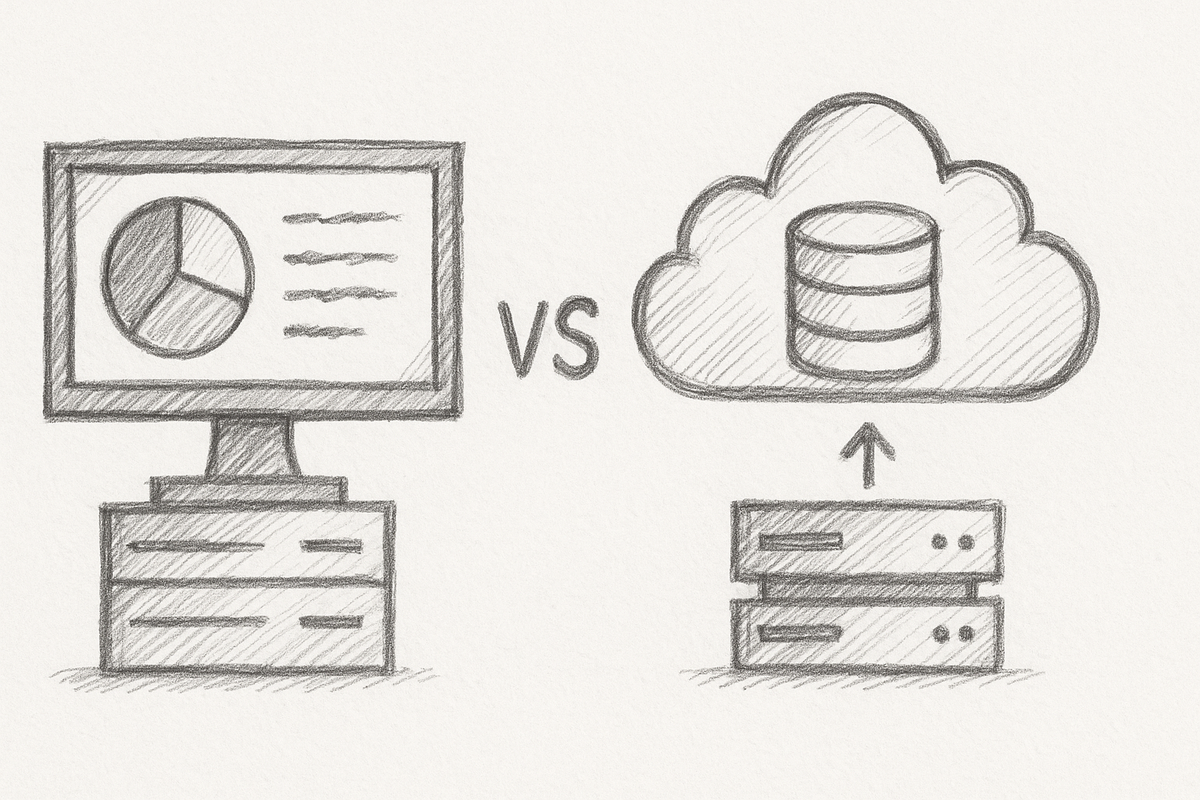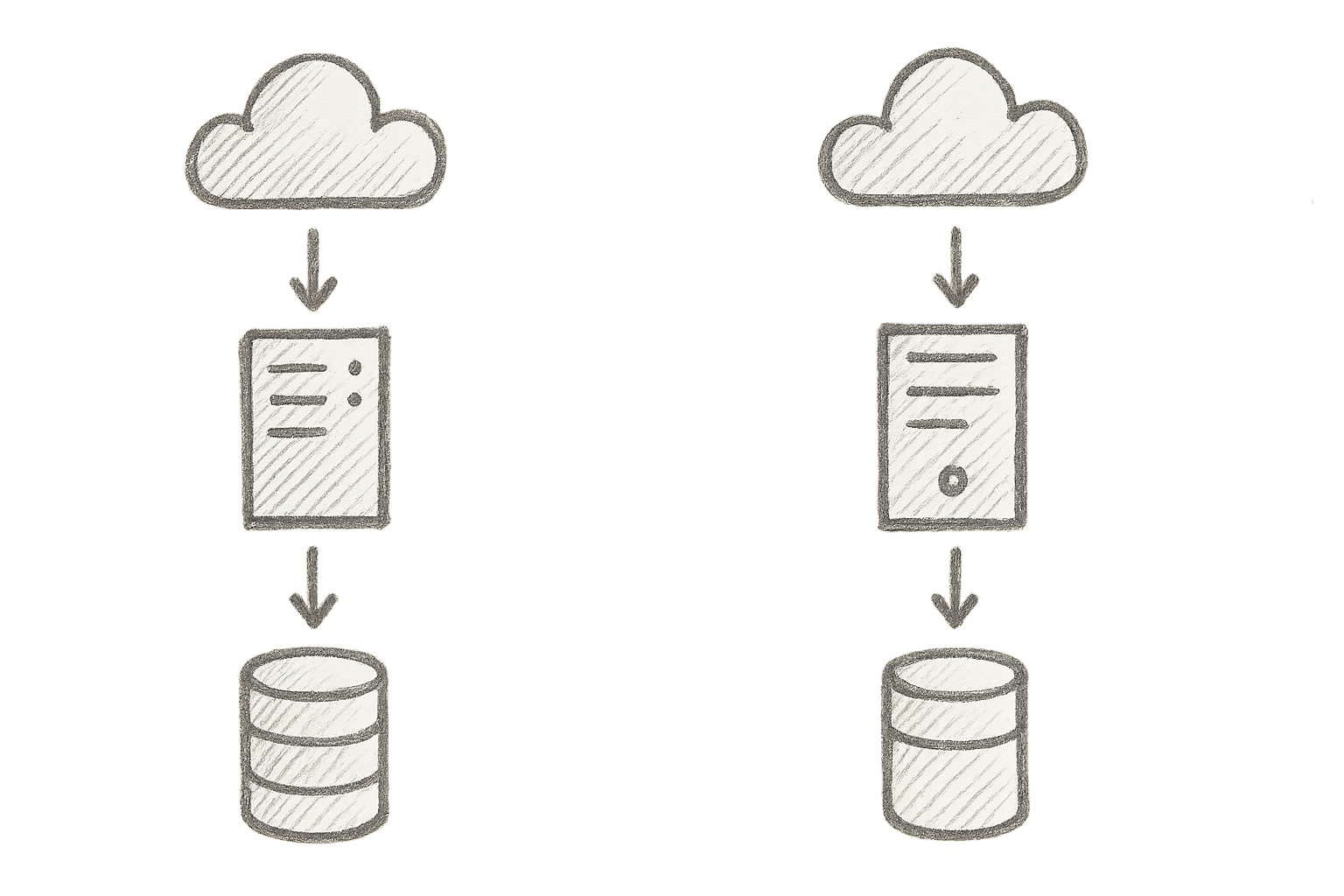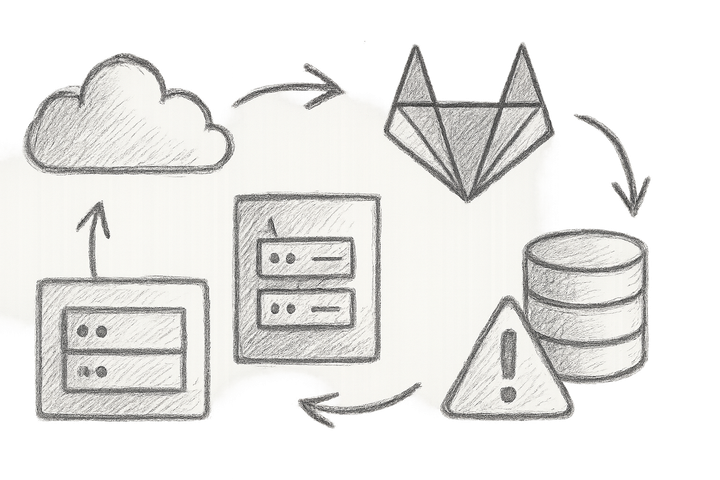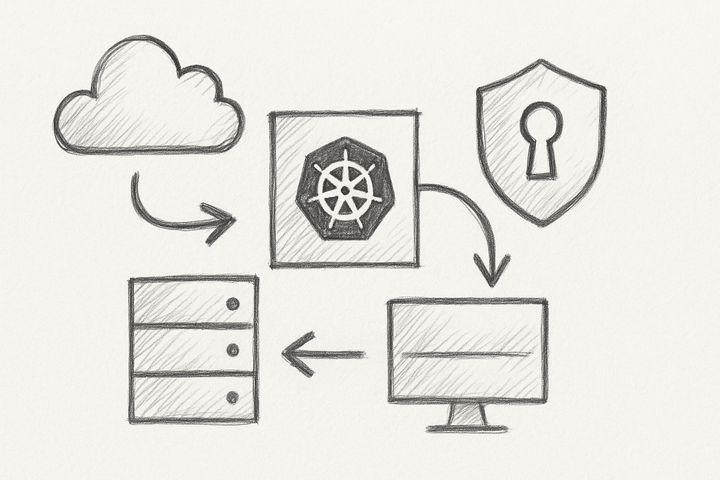Enterprise Log Management Platforms Unlocked: In-Depth Graylog vs ELK Stack Battle-Tested Comparison for Reliable, Scalable, and Cost-Effective Operations

1. The Enterprise Log Management Conundrum: Why Your Choice Could Make or Break You
Did you know that enterprises can generate terabytes of logs per day, enough to drown even the most resilient engineers in noise? Metrics and traces might be the darlings of the cloud-native community, but solid, searchable logs remain the bedrock of incident response. Without them, you’re essentially navigating a storm by feel alone.
Choose your logging platform carelessly, and you’re staring down the barrel of costly downtime, shattered team morale, and a crash diet for your engineers' sleep schedules. The Graylog versus ELK Stack showdown isn’t a simple “pick one” dilemma — it’s an operational gauntlet marked by heated debates, fervent evangelists, and enough complexity to make anyone’s head spin.
I’ve personally spent countless hours tangled in deployment snafus, wrestling with Elasticsearch's index bloat, and keeping Graylog from choking under metadata pressure. This piece distils those battle scars and hard-earned insights, so fasten your seatbelt—we’re diving deep.
2. Graylog: The Lean, Mean Log Machine or a Metadata Bottleneck Waiting to Happen?
Architecture Breakdown
At its core, Graylog orchestrates a whiskey trio: MongoDB for metadata, Elasticsearch for the heavy lifting of log storage and search, and its own server acting as the ringleader. MongoDB doesn’t store the logs themselves but manages the vital metadata—users, dashboard configs, and stream rules—that keep your UI slick and responsive (Graylog Architecture).
Elasticsearch is the muscle, tuned aggressively by Graylog to juggle high write loads with impressive compression and flexible index rotation to prevent runaway disk usage. If there's a surprise here, it’s how much MongoDB’s lag can quietly sabotage your operations. MongoDB replica set lag is a known Achilles heel that can cause cascading delays in Graylog (MongoDB Replica Sets).

Features That Matter
- Wide input support including GELF (a cheeky extension of Syslog) and custom streams.
- Flexible Lucene-powered full-text searching that’s both fast and forgiving.
- Dashboards that you can customise without becoming a CSS ninja.
- Role-based access control baked right in — because security isn’t optional (Graylog Security).
- A plugin ecosystem that’s powerful but doesn't make you want to tear your hair out. Mostly.
Deployment & Scaling — When “Simple” Isn’t Simple Enough
From day one, Graylog feels lighter on its feet. A single node can handle 5,000–10,000 logs per second gracefully with a modest Elasticsearch cluster (Graylog Performance Tuning). Push beyond this, and you’re juggling a clustered Elasticsearch backend, load-balanced Graylog instances, and the unholy complexity that MongoDB replicas often introduce.
Quick confession: I once lost precious minutes troubleshooting MongoDB replica set lag during a major outage. The team’s panic was palpable—it’s a stark reminder that metadata is the Achilles heel of your sleek Graylog setup.
Upgrades? Brace yourself. Graylog’s release cadence, currently manual and staging-test heavy, demands careful planning to avoid production chaos (Graylog Upgrade Guide).
3. ELK Stack: The Hydra of Log Management, or a Resource-Hungry Beast?
Anatomy of the ELK Beast
Elasticsearch, Logstash, and Kibana—each a powerhouse alone, together a formidable but labyrinthine trio. Elasticsearch is the distributed store and search engine. Logstash handles ingestion and transformation with an ecosystem of filters and plugins, notoriously resource-hungry but improving (Elastic Stack Docs). Kibana crafts the dashboards that make your log data sing—or scream if misconfigured.
The Shiny Extras: AI and Analytics (With a Satirical Price Tag)
Elastic's new ML-powered anomaly detection and security analytics can feel like sorcery for logs—if your budget can stomach the associated licensing fees without inducing heart palpitations (Elastic Security Analytics 2024).
Kibana’s depth is a double-edged sword: overwhelming for beginners yet indispensable for customised visualisation nirvana. Not for the faint-hearted.
Production Realities: Prepare for the Resource Grinder
ELK clusters capable of comfortably handling hundreds of thousands of logs per second come at a price: generous CPUs, heaps of RAM, and intense tuning of JVM settings to dodge garbage collection doom.
I've seen well-intentioned teams buried under ELK’s operational demands, losing days to elusive GC pauses and version upgrade headaches (Elastic JVM Tuning).
Monitoring is not optional; it’s your lifeline.
4. Graylog vs ELK Stack: The Ultimate Showdown
| Aspect | Graylog | ELK Stack |
|---|---|---|
| Scalability | Handles medium loads well; MongoDB can choke under metadata pressure | Scales horizontally at scale; complexity escalates accordingly |
| Deployment | More straightforward stack but still needs tuning; corporate plugins available | Complex multi-component system; steep learning curve |
| Resource Use | Lean on CPU/memory; efficient but metadata-heavy | Heavy CPU and memory drag, especially Logstash and Elasticsearch |
| Total Cost of Ownership | Open core; enterprise addons cost extra; smaller infra footprint | Open core with pricey enterprise licensing; higher infrastructure and operational cost |
| User Experience | Sleek, straightforward UI; incident responders rejoice | Powerful but overwhelming visualisations; a love-hate relationship |
| Security | Native RBAC, audit logs, secure defaults (Graylog Security) | Robust security features under Elastic’s proprietary licenses |
At this point, you're probably thinking, “Wait, what about metadata bottlenecks in Graylog?” or “Can ELK upgrades really ruin weekends?” You’re not alone. The stakes are high, and the devil is in the details.
5. Real-World Installs: Avoid These Deployment Landmines
- Indexing and Retention: Both platforms reward aggressive index rotation and retention pruning. Ever heard of frozen Elasticsearch indices? They’re cold storage for logs you don’t want to lose but don’t want clogging your hot storage—think of it as winterising your data (Elastic Index Lifecycle Management).
- Security First: Enable end-to-end TLS, lock down MongoDB and Elasticsearch network access like Fort Knox, and configure RBAC meticulously. This isn't optional window dressing; it’s the backbone of your defence (Security Best Practices for Elasticsearch). If you doubt that, check out my deep dive into Modern Firewall Solutions Uncovered — layered security is your best friend.
- Alerting Integration: Both Graylog streams and Elasticsearch watcher rules plug seamlessly into services like PagerDuty or Slack, but a lazy integration means late-night pager duty for you (PagerDuty Incident Response Documentation).
- Monitoring: Automate alerting on ingestion delays, JVM health, and query latency. Don’t wait for your system to spontaneously combust — proactive monitoring saves your sanity. My own experience showed that adding observability tools like the ones detailed in Decoding Network Security Monitoring closes monitoring gaps neatly.
- Upgrades: Test, test, then test some more. Use blue-green deployments or canary releases to protect production. I once recklessly upgraded a Kibana instance during a tense business launch—spoiler: it didn’t end well.
Example: Graylog Pipeline Filter with Built-in Error Handling
rule "Filter out debug logs"
when
has_field("level") && to_string($message.level) == "debug"
then
// Drop debug messages early to reduce noise and storage
drop_message();
end
Explanation: This rule filters out 'debug' level logs to prevent unnecessary storage and speed up searches. Be cautious not to silence critical debug logs during troubleshooting.
Tip: Test pipeline rules in development first and monitor the impact. Add error catching mechanisms in complex pipelines to avoid message loss or pipeline failure (Graylog Pipeline Rules).
6. The “Aha Moment”: Why Features Alone Won’t Save Your Logging Life
Beware the seductive checklist! Operational fit and ongoing burden are the true test:
- Can your team survive worst-case log surges without a caffeine IV drip?
- Does your alerting workflow sync with the platform, or are you patching holes under fire?
- Is your crew ready to manage or perpetually troubleshoot a complex stack?
- How vibrant is the community when you’re bleeding in the middle of the night?
Flashy features won’t save your sanity; operational resilience will. So, choose the tool that lets your business survive when it matters most.
7. The Future’s Here: AI, Serverless, and Zero Trust in Log Management
Brace yourself for AI-driven anomaly detection stitched tightly into unified observability that blends logs, metrics, and traces seamlessly. OpenTelemetry standards will be the glue, and serverless ingestion will keep costs down and ops light (OpenTelemetry).
Hybrid and multi-cloud deployments will dominate, making flexibility essential. Security isn’t an afterthought; zero-trust models will embed throughout your pipelines, ensuring that even your logs don’t trust each other.
If that feels overwhelming, remember: we’re all navigating this new frontier together.
8. Concrete Next Steps: From Confusion to Clarity
- Launch pilot projects for Graylog and ELK with production-realistic data loads.
- Measure ingestion latency, query speed, operational overhead, and infrastructure cost.
- Track KPIs like Mean Time To Detect (MTTD), Mean Time To Resolve (MTTR), and on-call satisfaction to quantify success.
- Use structured decision matrices factoring team skills, budgets, compliance, and future needs.
- Engage actively with official documentation (Graylog, Elastic Stack) and community forums—sometimes your best fixes come from the trenches, not the manuals.
References
- Graylog Documentation - https://docs.graylog.org
- Elastic Stack Docs - https://www.elastic.co/guide/index.html
- Elastic Security Analytics 2024 - https://www.elastic.co/security
- MongoDB Replica Set Roles - https://www.mongodb.com/docs/manual/replication/#replica-set-roles
- PagerDuty Incident Response Documentation - https://www.pagerduty.com/resources
- Community feedback and benchmarks from GitHub and user forums
- Modern Firewall Solutions Uncovered: Battle-Tested Analysis
- Decoding Network Security Monitoring: A Pragmatic Comparison
- OpenTelemetry Project - https://opentelemetry.io
Final Thoughts: Choose Your Logging Ally Wisely
I've witnessed teams crushed by ELK’s gruelling upgrade cycles and others fettered by Graylog’s MongoDB metadata bottlenecks. Neither is flawless, but armed with gritty experience, you can pinpoint the tool that fits your scale and ops ethos, not just the flashiest engineered marketing pitch.
Remember—observability is a marathon, not a sprint. Your logging platform should be a reliable teammate, not a capricious diva.
Choose wisely, may your logs remain clear, your queries swift, and your on-calls mercifully quiet. Here’s to fewer late nights firefighting and more mornings with a proper cup of tea.



